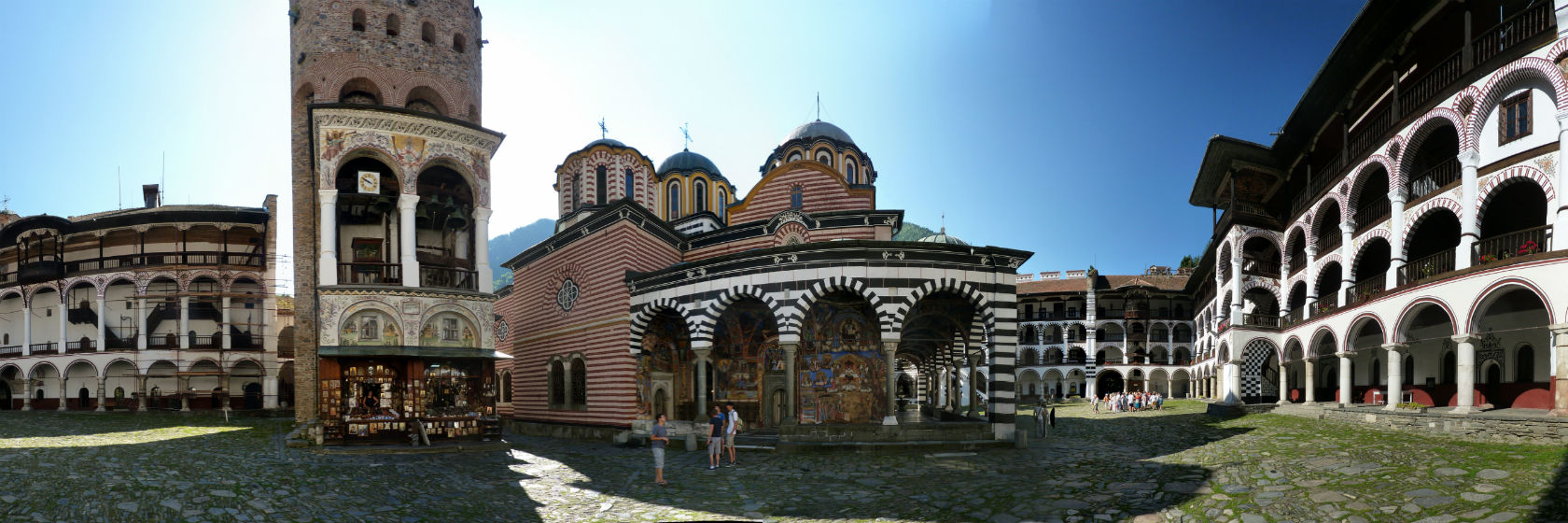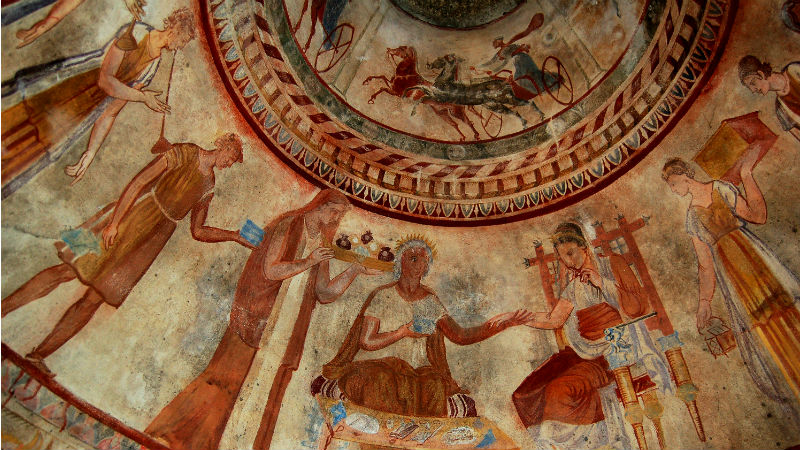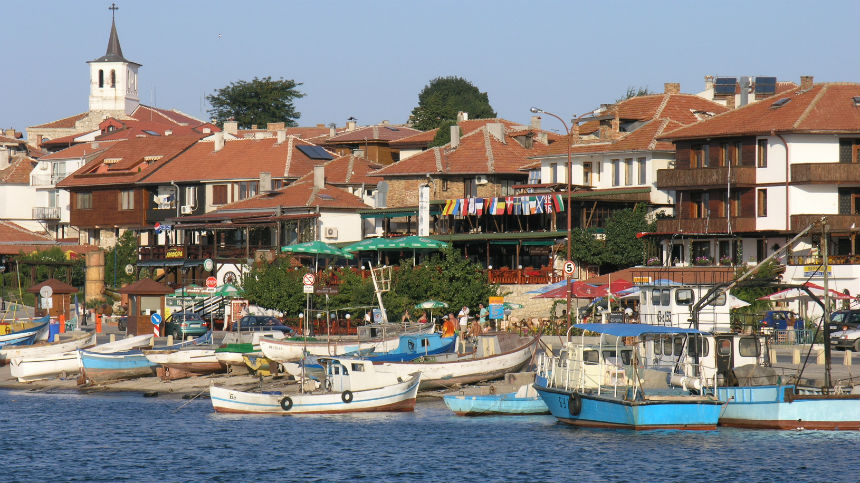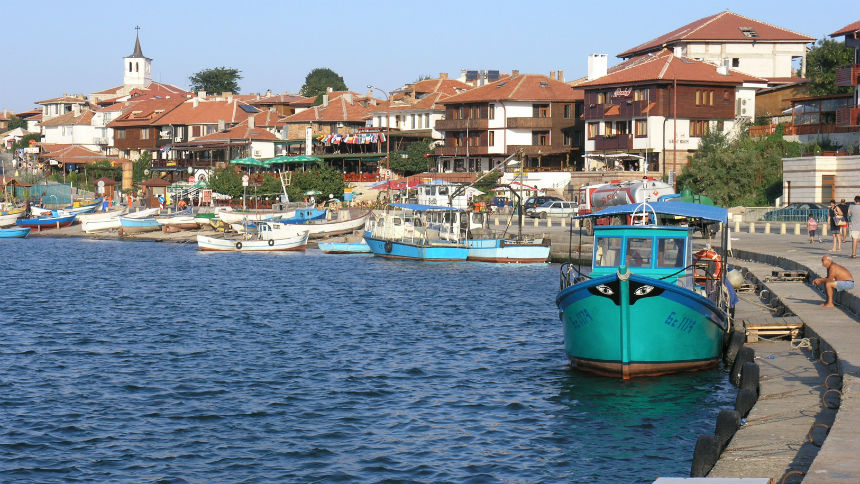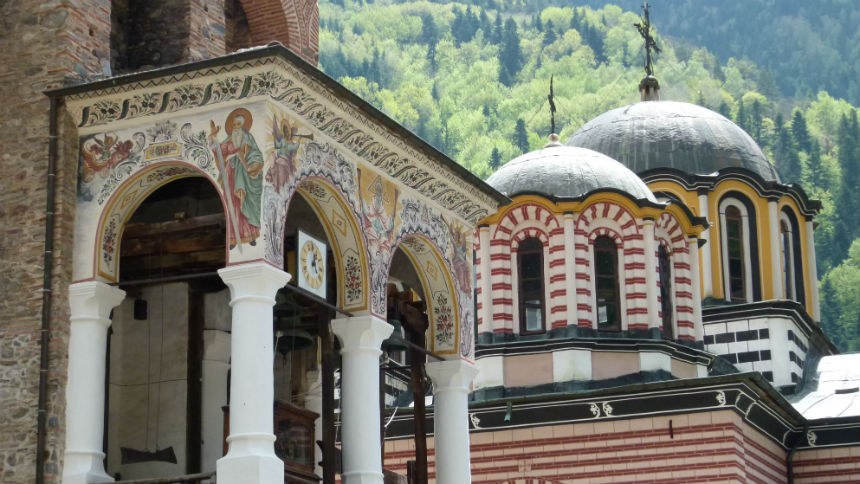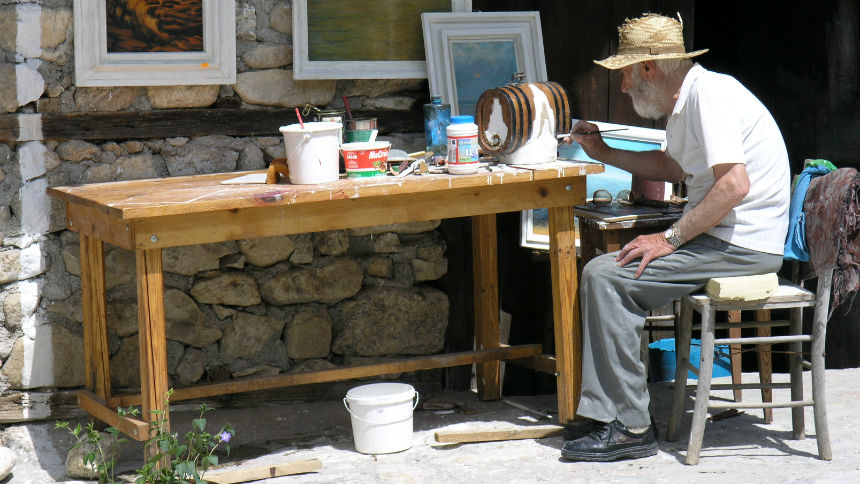In every romantic story the original approach and most charming places are the ones leaving the unforgettable memories. That is the reason for the itinerary to focus on an outstanding Bulgarian UNESCO sites, but also en route to pay attention to small and interesting details. In every traveler the 9 World Heritage Sites will provoke a wealth of emotions and sincere admiration, not only by delicately revealing cultural and fine art masterpieces, but also including some of the Nature’s most beautiful and fragile creations.
- English
- Russkiy

